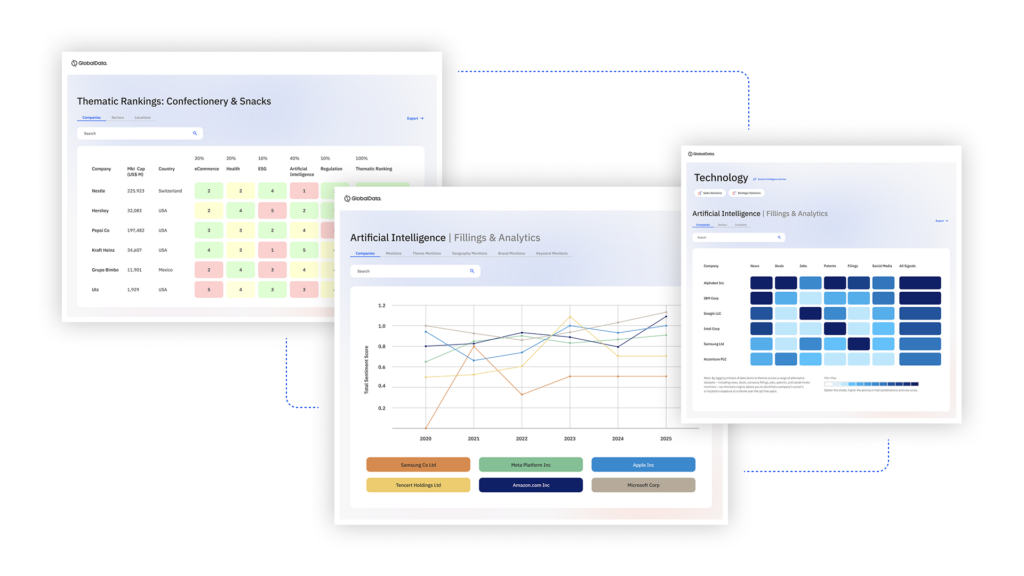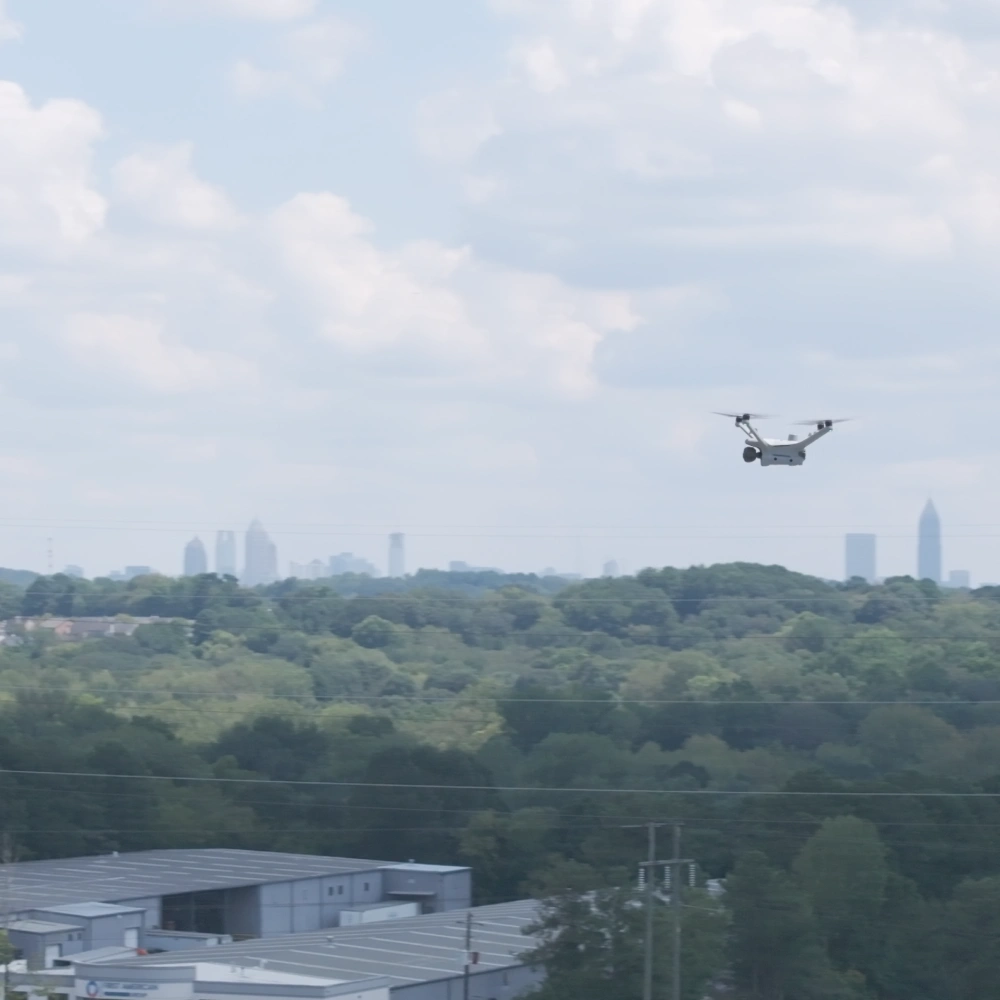Flock’s private-sector drones promise faster incident response-if you can navigate FAA waivers and privacy backlash
Flock Safety is taking its “drone-in-a-box” program beyond police and into businesses-retailers, hospitals, warehouses, and energy sites. With FAA beyond-visual-line-of-sight (BVLOS) waivers, remote security teams can launch roof-docked drones to follow suspects and vehicles, and even auto-stream video to police. The speed and coverage are compelling for loss prevention and perimeter security, but regulatory uncertainty, privacy risks, and data-sharing liability will determine who wins-or gets burned—by this shift.
Executive Summary
- Operational edge: Docked drones can cut response times and extend visibility “within a few miles,” turning alarms into real-time pursuit and evidence capture.
- Regulatory swing factor: FAA BVLOS rules are being rewritten; today’s waivers may not cover tomorrow’s use cases—creating deployment and capex risk.
- High-stakes governance: Auto-sharing video with police and combining feeds with license plate data invites legal, reputational, and civil liberties challenges.
Market Context: Security speeds up as scrutiny intensifies
Drone-as-first-responder has matured in policing; Flock helped lead those programs, with departments citing quick wins (e.g., fast visuals in emergencies). Now the company is courting enterprise sites—while acknowledging it has no large retail contracts yet; Morning Star, a California tomato processor, is a named private customer. The FAA is actively drafting new BVLOS rules, and it’s unclear if Flock’s retail-tracking scenario will be permitted under proposed guidance.

The business case aligns with shrinking guard labor pools, rising retail theft, and sprawling logistics perimeters. But privacy and governance are flashpoints. Flock has faced criticism over how data from its license plate readers can be accessed by federal agencies. The ACLU’s Rebecca Williams warns that moving into the private sector “exacerbate[s]” warrant workarounds, adding: “Flock is the Meta of surveillance technology now… This expansion is very scary.”

Opportunity Analysis: Where drones add defensible ROI
- Retail and parking lots: Rapid verification of alarms, live tail of getaway vehicles (when permitted), safer staff offload of risky confrontations.
- Warehouses and yards: Automated perimeter sweeps, trailer verification, responding to after-hours breaches without rolling a patrol car.
- Hospitals and campuses: Escorting staff and patients, de-escalation via PA/lighting, evidentiary video of incidents.
- Critical infrastructure: Faster incident assessment for oil/gas and utilities; aerial views for repairs and safety checks.
Integration is key: success depends on tying drones into alarm panels, VMS, and license plate systems with strict policies (e.g., geofenced pursuit boundaries, no continuous people-tracking, limited retention) and clear police data-sharing agreements. ROI drivers include recovered goods, guard-hours avoided, incident clearance speed, and staff safety—offset by waiver compliance, insurance implications, and potential litigation/PR risk.

Action Items: Move fast, govern faster
- Run a 90-day pilot at one high-loss or high-risk site; baseline response times, recovery rates, and false alarm rates.
- Legal first: Obtain or partner for FAA BVLOS authorization; model scenarios if proposed rules restrict off-property tracking.
- Privacy-by-design: Draft a public-facing policy, signage, retention limits (e.g., 15-30 days), strict access controls, and audit logs; prohibit facial recognition.
- Police MOUs: Define when live feeds are shared, evidentiary chain-of-custody, and off-property pursuit rules; avoid “surveillance laundering.”
- Risk and insurance: Confirm coverage for aerial operations, third-party liability, and data breach exposure; set incident escalation SOPs and a kill-switch protocol.
- Workforce and community: Brief associates and unions, train remote pilots, and engage local stakeholders to reduce backlash.
- Vendor diligence: Assess data hosting, interoperability with existing VMS/alarms, uptime/weatherization of docks, and export controls.
- KPIs and guardrails: Track time-to-visual, intervention outcomes, complaints, and waiver compliance; review quarterly with legal/ethics committees.
Leave a Reply